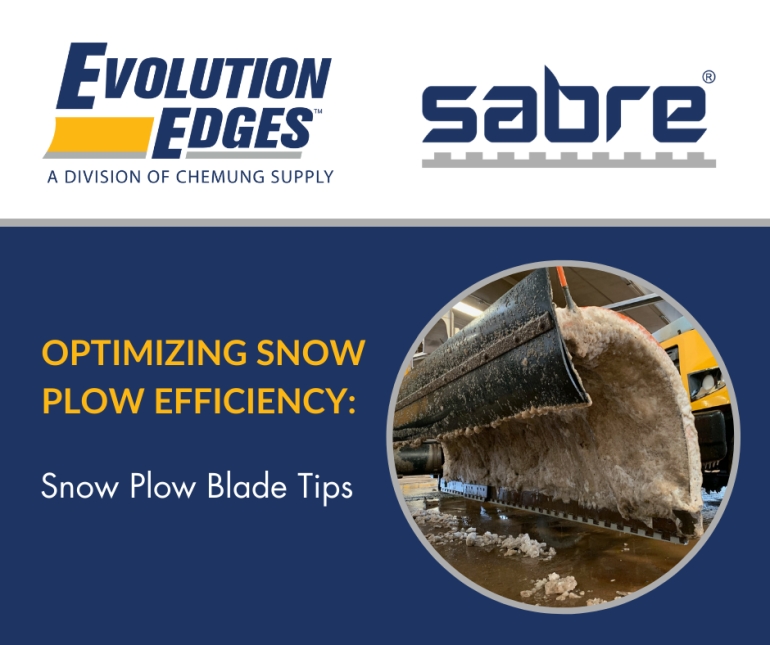Highway departments across the country face the formidable task of maintaining safe and navigable roads during the winter months. One key aspect of achieving efficient snow removal on highways is the proper care and maintenance of snow plow blades. The cutting edge blade of a snow plow is the frontline defender against snow and ice accumulation on highways. It is crucial to recognize the impact blades have on overall plowing efficiency and road safety.
Here are some key tips to consider:
- Choose the Right Plow Blade Material:
Selecting the appropriate material is paramount. High-quality materials such as carbide or hardened steel offer superior durability and resistance to wear. Investing in durable cutting edges ensures longevity and reduces the frequency of replacements, contributing to cost-effectiveness. - Match Plow Blade to Road Surface:
Different road surfaces may require specific types of plow blades. Consider the composition of the highways under your jurisdiction – asphalt, concrete, or gravel – and choose blades that are designed to minimize damage to the road while effectively removing snow and ice. - Regular Inspection Protocols:
Establish a comprehensive inspection routine for snow plow blades. Regularly check for signs of wear, damage, or uneven wear patterns. Inspections should be conducted both before the winter season begins and at regular intervals during the season to identify potential issues early on. - Monitor Plowing Conditions:
Adjust plow blade maintenance based on prevailing plowing conditions. Heavy, wet snow, or prolonged use may accelerate wear, necessitating more frequent inspections and potential replacements. Stay attuned to weather forecasts and adjust your maintenance schedule accordingly. - Implement a Preventive Maintenance Program:
Develop and implement a preventive maintenance program for plow blades. Regularly replace plow blades as part of routine maintenance, even if visible wear is not immediately apparent. This proactive approach ensures that they are always in optimal condition.
How often should you change snow plow blades?
Determining the frequency of blade replacements is crucial for maintaining efficient snow removal operations. While the ideal replacement interval can vary based on factors such as climate, snowfall frequency, and road conditions, here are some general guidelines:
- Seasonal Replacements:
As a standard practice, consider replacing traditional cutting edges at least once per season. This can help mitigate wear and tear caused by consistent use throughout the winter months. Some blades, such as our Sabre armored carbide blade, have a longer wear life, so this is a case-by-case basis. - Mid-Season Inspections:
Conduct mid-season inspections to assess the condition of plow blades. If significant wear is observed, consider replacing the blades at this point to ensure optimal performance for the remainder of the season. - Adjust Based on Usage:
The frequency of blade replacements should be adjusted based on the intensity of use. Highways experiencing heavy snowfall or those with more frequent plowing requirements may necessitate more frequent replacements to maintain peak efficiency. - Prioritize Safety:
Prioritize safety considerations when determining the replacement frequency. If plow blades show signs of excessive wear that compromise their effectiveness, it is crucial to replace them promptly to avoid compromising road safety.
Effective snow removal on highways demands meticulous attention to snow plow blade maintenance. It is important to prioritize choosing the right materials, implement regular inspections, and establish a proactive maintenance program. By adhering to these snow plow blade tips and tailoring the replacement frequency to specific conditions, you can ensure that your snow plow fleets operate at peak efficiency, keeping highways safe and accessible throughout the winter months.
Not sure which blade to use, or need further tips? Let us point you in the right direction. Call us at 800-733-5508 or email This email address is being protected from spambots. You need JavaScript enabled to view it..




